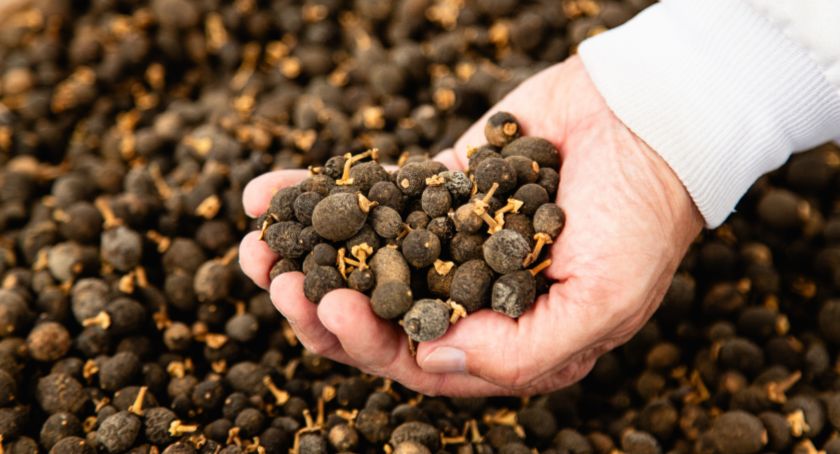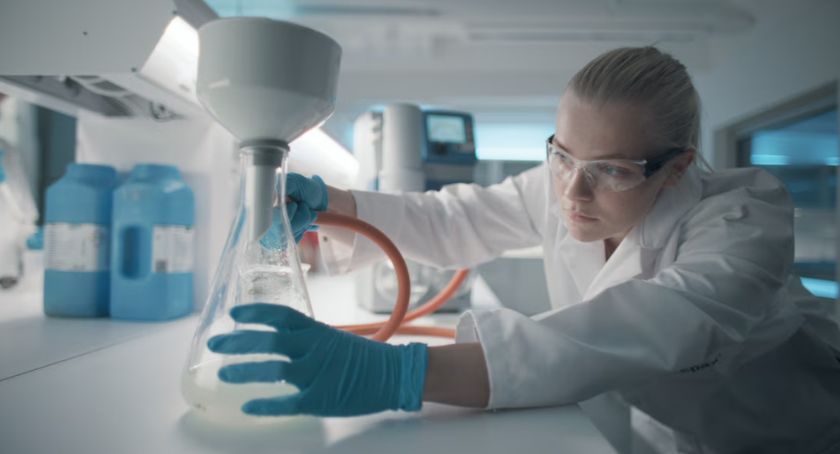Exclusives
Waste Not, Want Not
Food waste under scrutiny as U.S. government calls on industry to reduce, recover and recycle.

By: Sean Moloughney
Consumption of Greek yogurt has exploded, with brands like Chobani, Fage and Dannon’s Oikos now common household staples.
However, a recent report in Modern Farmer detailed the negative environmental impact from a byproduct of production known as acid whey.
According to the article, “whey decomposition is toxic to the natural environment, robbing oxygen from streams and rivers. That could turn a waterway into what one expert calls a ‘dead sea,’ destroying aquatic life over potentially large areas. Spills of cheese whey, a cousin of Greek yogurt whey, have killed tens of thousands of fish around the country in recent years.”
So as the $2 billion Greek yogurt market continues to thrive, significant questions remain about what to do with the acid whey waste.
Torben Jensen, application manager at Arla Foods Ingredients, said the inefficiency of traditional Greek yogurt production techniques is unsustainable from an ecological and commercial point of view. “This emphasizes the importance of adopting new manufacturing techniques to allay consumer concerns and ensure this vibrant market continues to grow as strongly as it has done in recent years, and even more so in the past six months.”
Arla offers its Nutrilac protein solution designed to allow manufacturers to produce Greek and Greek-style yogurt on existing plants, eliminating acid whey.
Nutrilac are designed for use in conjunction with the company’s “Quick” process—a manufacturing technique that eliminates the need for the whey separation step associated with traditional Greek yogurt making.
Food Waste Challenge Initiative
Recognizing the broader issue of waste, the USDA and EPA recently launched the U.S. Food Waste Challenge, calling on producer groups, processors, manufacturers, retailers, communities and other government agencies to join the effort to reduce, recover and recycle food waste.
According to the agencies, food waste in the U.S. is estimated at 30-40% of the food supply. In 2010, an estimated 133 billion pounds of food from U.S. retail food stores, restaurants and homes never made it into people’s stomachs. The amount of uneaten food in homes and restaurants was valued at almost $390 per U.S. consumer in 2008, more than an average month’s worth of food expenditures.
“The United States enjoys the most productive and abundant food supply on earth, but too much of this food goes to waste,” said U.S. Secretary of Agriculture Tom Vilsack. “Not only could this food be going to folks who need it, we also have an opportunity to reduce the amount of food that ends up in America’s landfills.”
“Food waste the single largest type of waste entering our landfills,” noted EPA Acting Administrator Bob Perciasepe.
The goal of the U.S. Food Waste Challenge is to lead a fundamental shift in how people think about and manage food and food waste. The Challenge includes a goal to have 400 partner organizations by 2015 and 1,000 by 2020.
As part of its contribution to the U.S. Food Waste Challenge, USDA is initiating a wide range of activities including activities to reduce waste in the school meals program, educate consumers about food waste and food storage, and develop new technologies to reduce food waste. USDA will also work with industry to increase donations from imported produce that does not meet quality standards, streamline procedures for donating wholesome misbranded meat and poultry products, update U.S. food loss estimates at the retail level, and pilot-test a meat-composting program to reduce the amount of meat being sent to landfills from food safety inspection labs.
Through its Food Recovery Challenge, EPA will provide U.S. Food Waste Challenge participants with the opportunity to access data management software and technical assistance (www.epa.gov/smm/foodrecovery/) to help them quantify and improve their sustainable food management practices.
To join the challenge, visit: www.usda.gov/oce/foodwaste/index.htm
Industry Accepts the Challenge
Recognizing the issue of food waste reduction, the Grocery Manufacturers Association, Food Marketing Institute and the National Restaurant Association announced a cross-industry initiative to address the issue in 2011, now called the Food Waste Reduction Alliance (FWRA). Today, FWRA includes more than 30 manufacturing, retailing and foodservice companies, along with expert partners from the anti-hunger community and waste management sector.
In joining the U.S. government’s effort, FWRA stated: “By participating in the USDA Food Waste Challenge, the FWRA can better communicate the industry’s efforts to outside constituencies and work to engage and collaborate throughout the value chain and with other stakeholders. As an added commitment, FWRA will look to provide new platforms to educate and engage the food retail, food manufacturing and restaurant industries on food waste opportunities, challenges and best practices.”
For example, the FWRA intends to produce a best practices guide and toolkit to be issued this fall, which will help individual companies accelerate efforts to reduce food waste. The toolkit will contain examples of efforts already underway, guidelines and checklists.
“Importantly, the FWRA will also research, identify and report on key barriers that inhibit or complicate the industry’s progress in achieving its primary goals—to reduce, recover and recycle food waste—and recommend strategies to overcome these obstacles.”





















